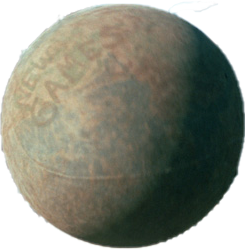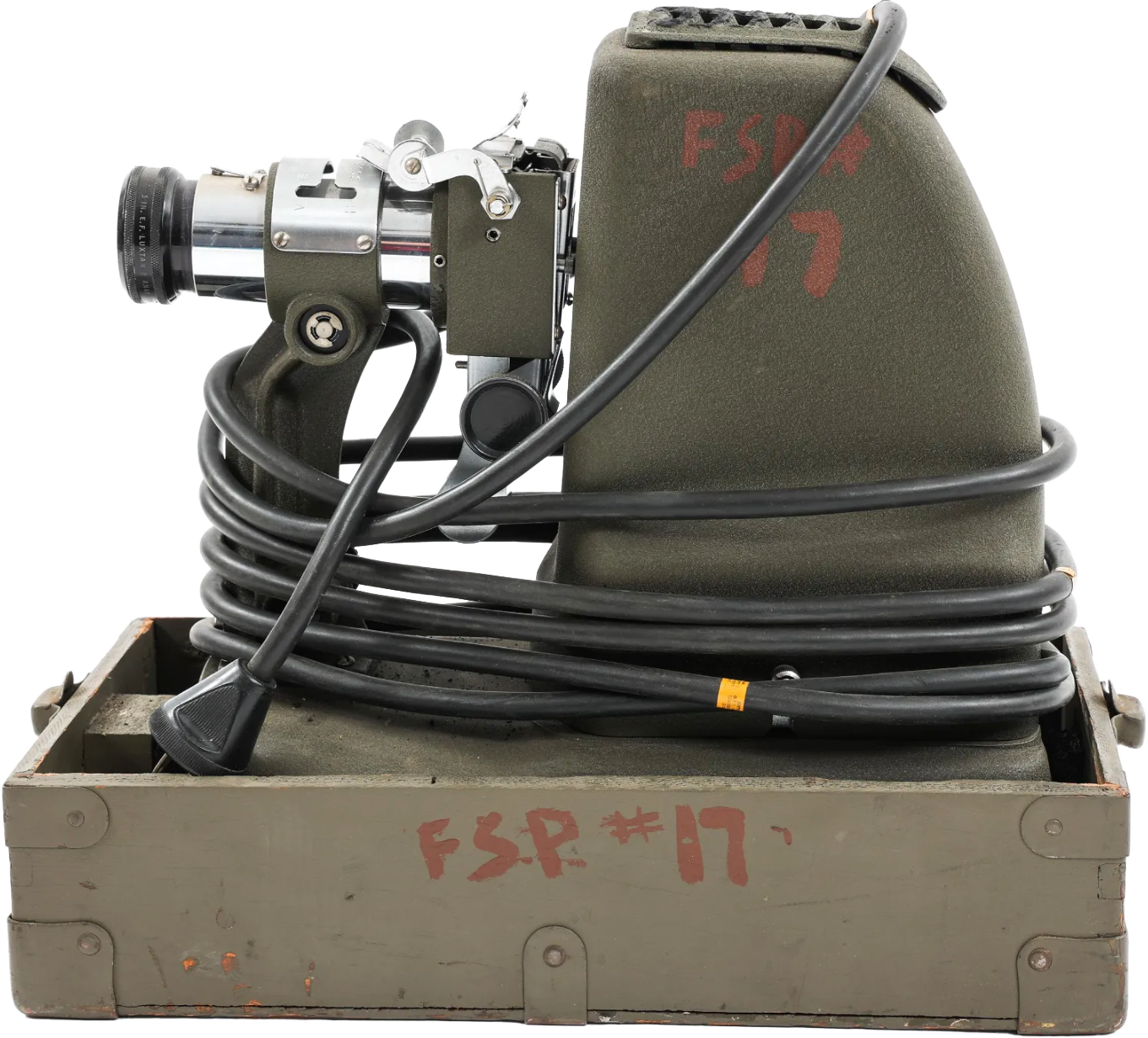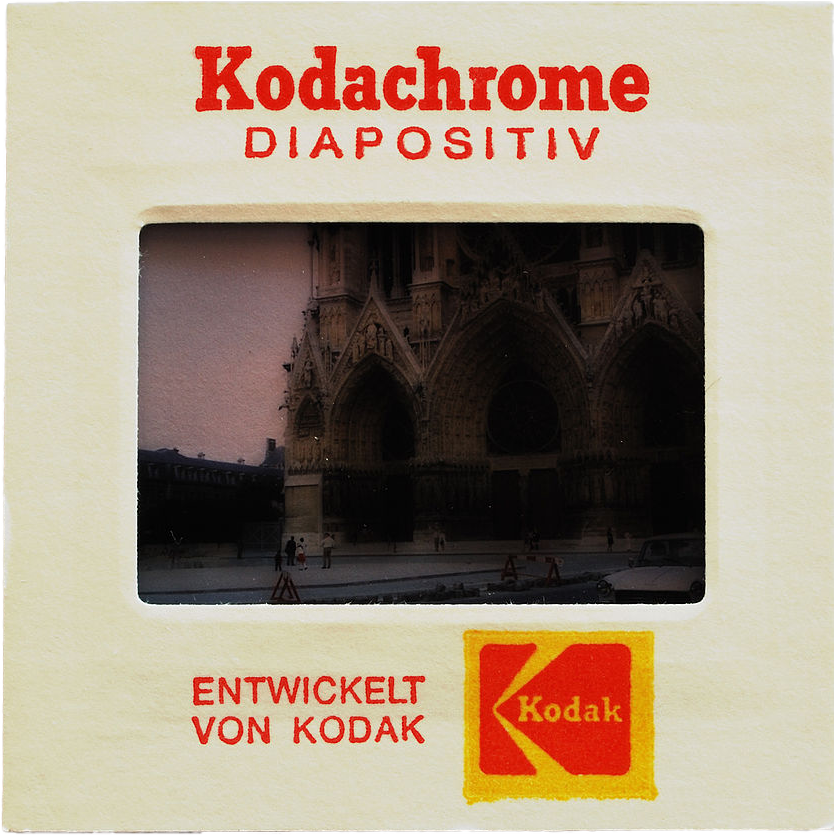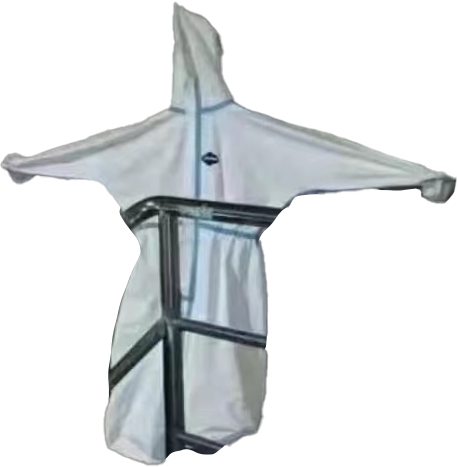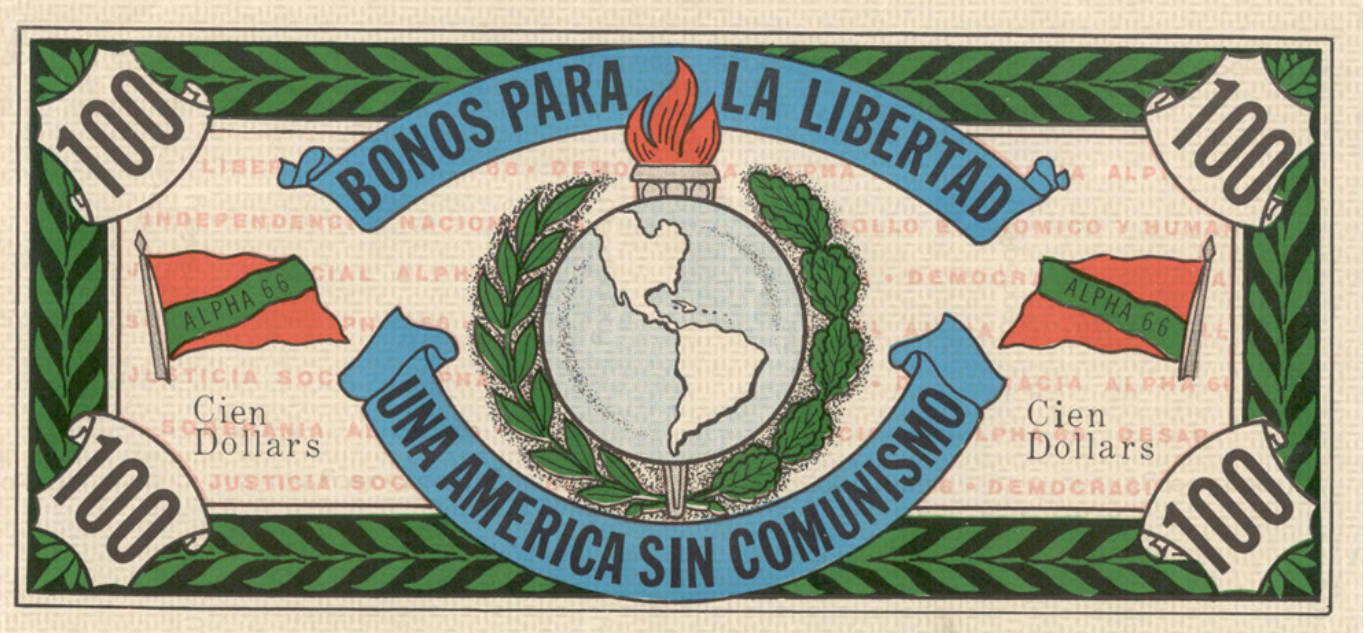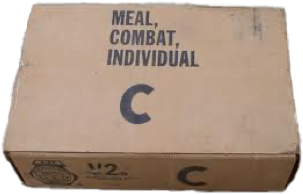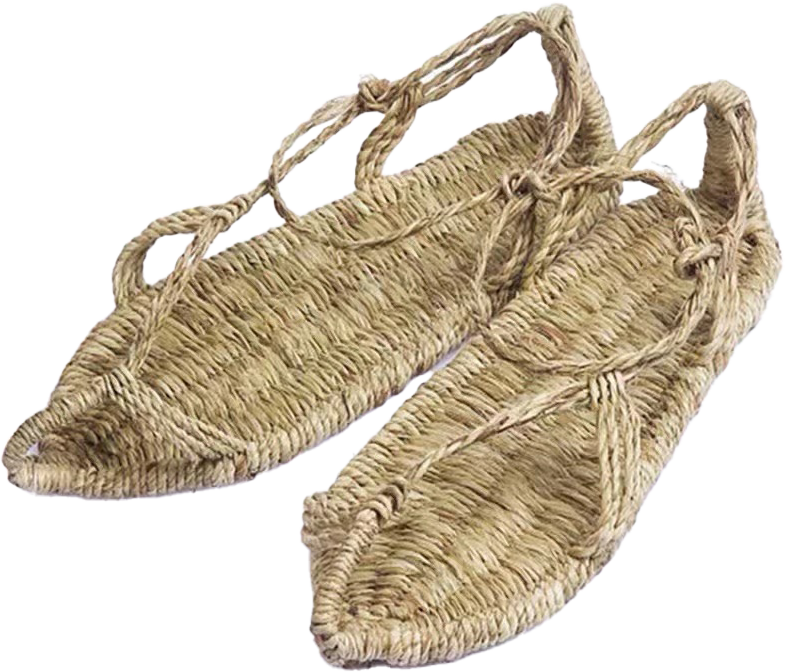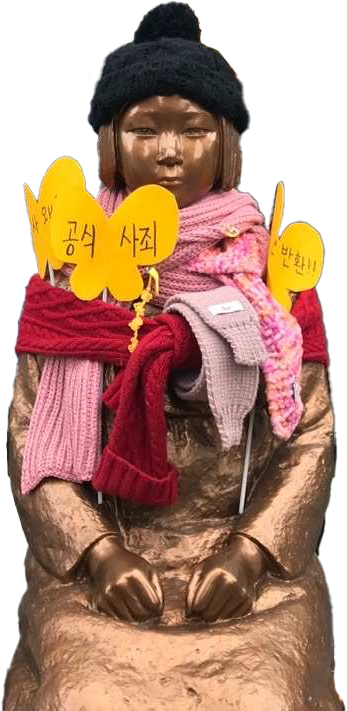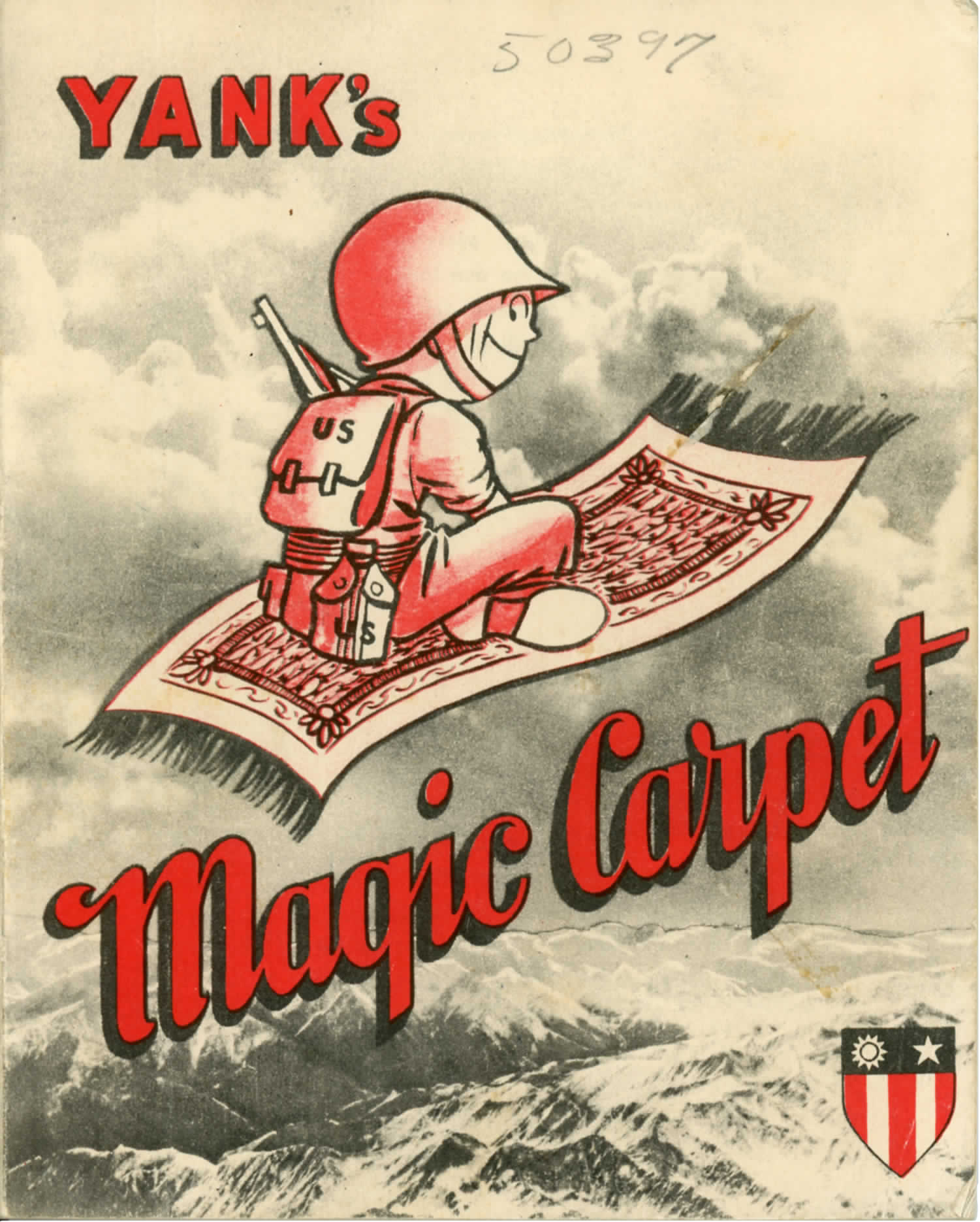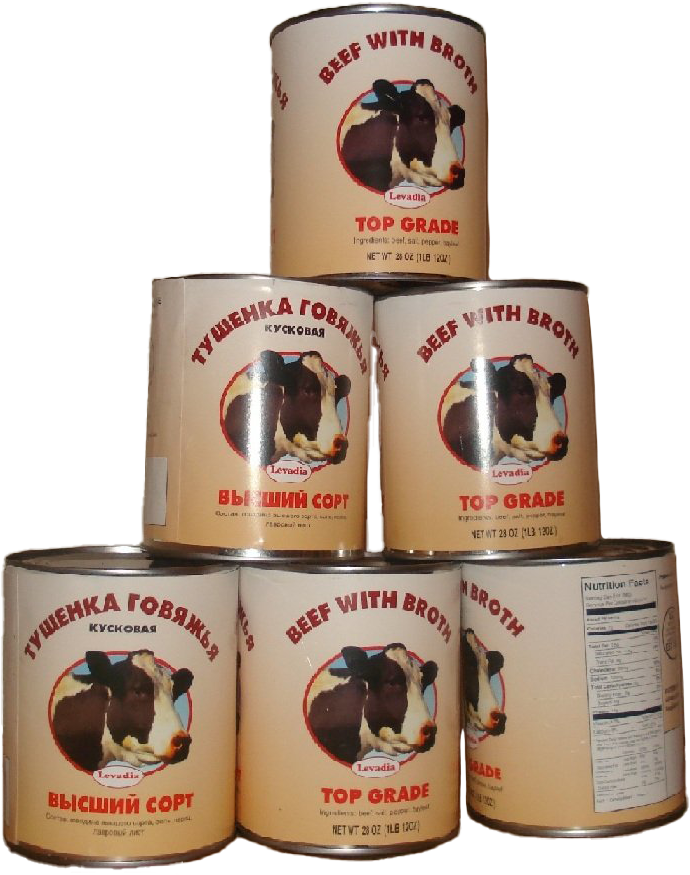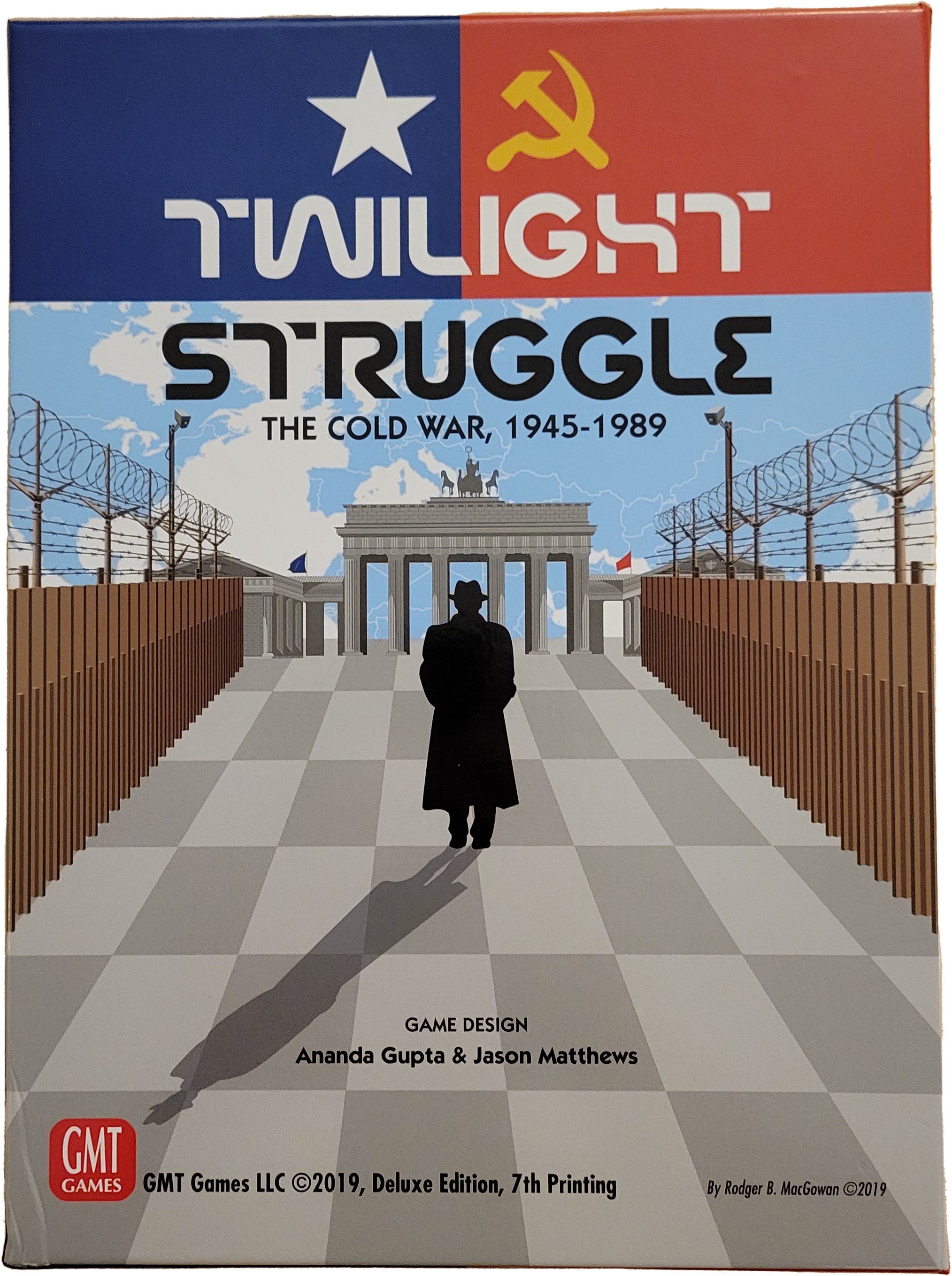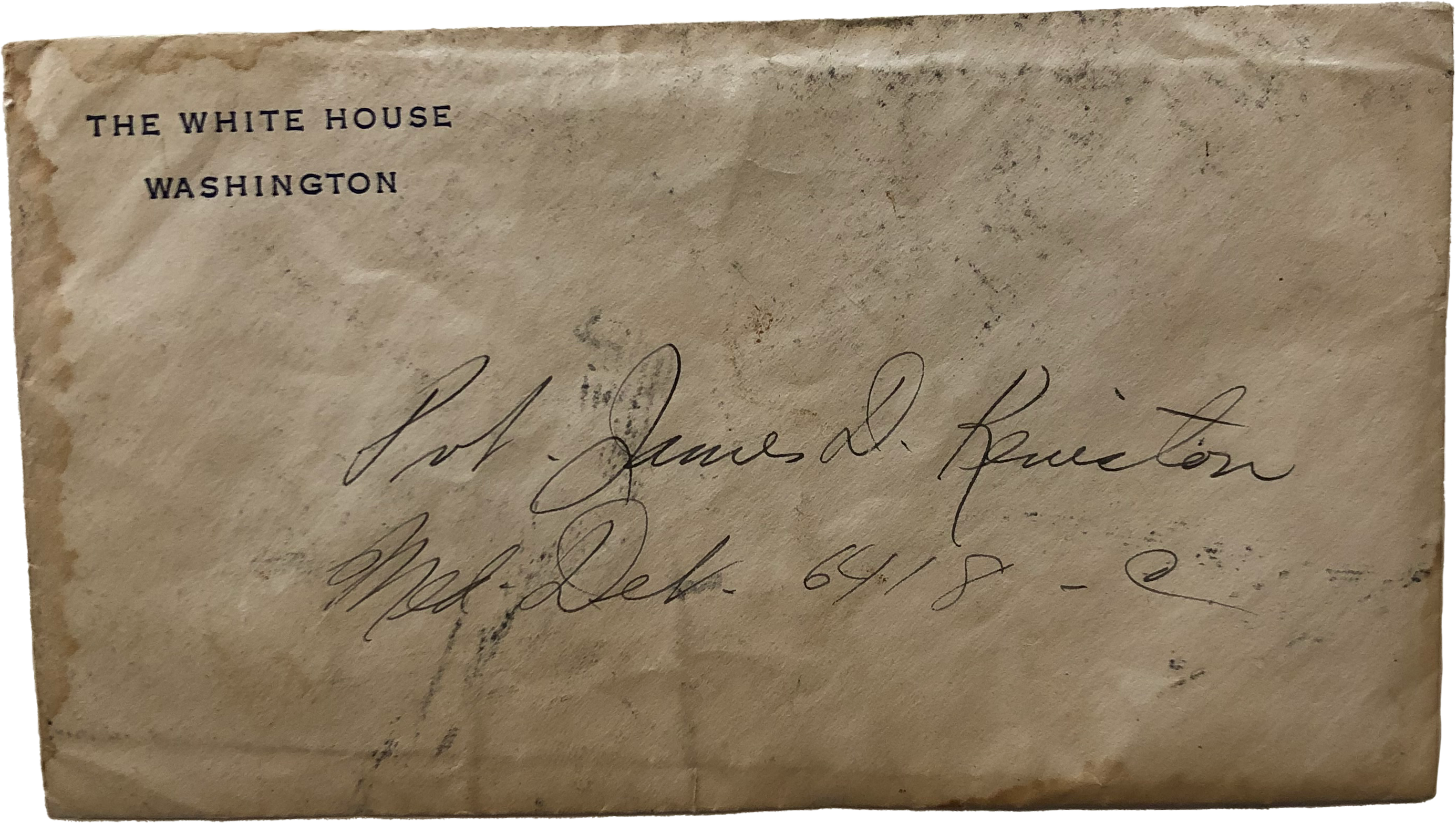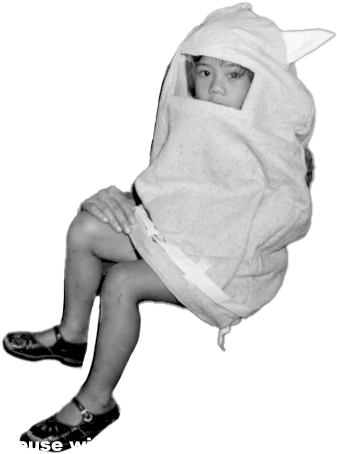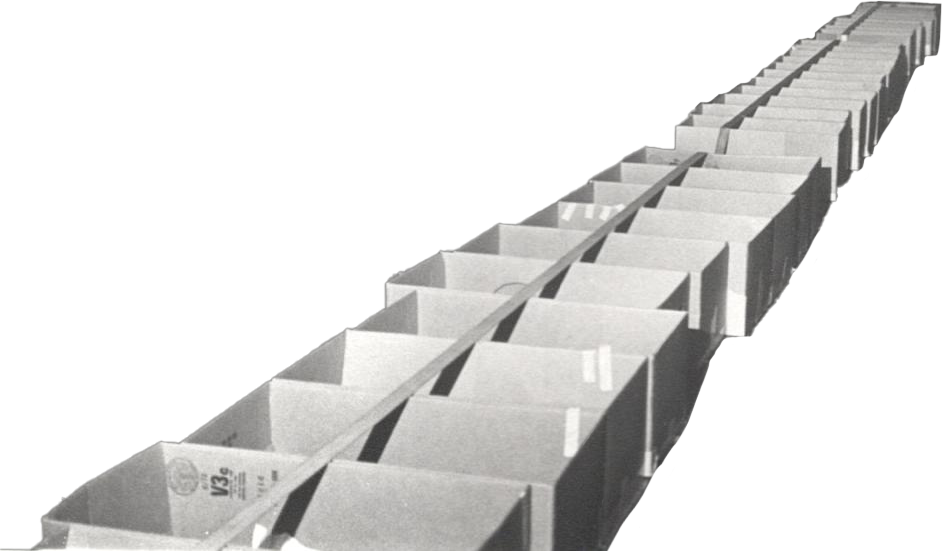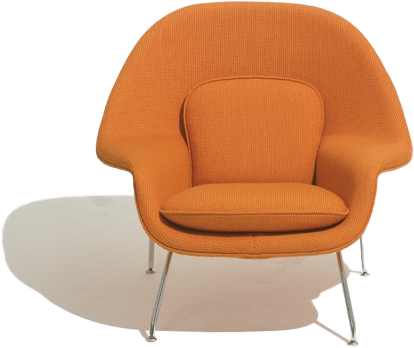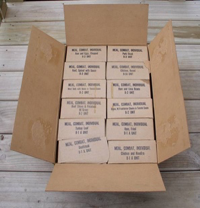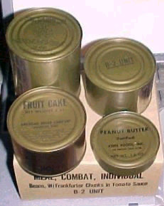Introduction
The rare books and manuscripts at Yale University are extraordinary. I love taking my class to see some distinguished writer’s handwriting, to touch the paper that they had touched, to taste the trace of their scent, to breathe the air of exalted agedness. I try to convey just how special these special collections are: there is just one copy of this manuscript; you must wear gloves to handle this photograph; one folder at a time; this is how you flip the pages.
Manuscripts, rare books, and special collections have long been a cornerstone of my syllabus. So, when I was preparing to teach a graduate seminar on archives of war and militarism, I had intuitively interpreted “archives” as the collections at Yale. 1 Given Yale’s substantial role in American war-making, I had assumed, not incorrectly, that these collections would offer rich possibilities for a course on “War and Everyday Life.” An interrogation of war’s everydayness, I reasoned, ought to account for the specificity of our own institutional location. With this vision for the course in mind, I compiled a list of papers at Yale that students might consult. These belonged to anthropologists, scientists, writers, and correspondents who had visited theaters of war as well as designers, artists, academics, and executives who had assisted US wartime regimes or whose work had relied on military technologies. My plan was for students to draw on these collections in creating a digital archive called Mundane Militarisms. Over the course of the semester, we would populate this archive with “ordinary” objects that carry underreported stories about modern warfare. After considerable research and consultation, I decided to set up Mundane Militarisms through Omeka, a web-publishing platform often used by library databases. Omeka’s content management system would make it easy for students to post their individual “object stories.” All they had to do was fill in an array of metadata fields—creator, date, description, format, source, publisher, and so on. Aside from ease, I was also drawn to Omeka’s database aesthetic. This, I had thought, would help secure Mundane Militarisms’s legibility as an archive.
But how does one archive “war” when it is a lived experience and an intimate surround? What happens to our research methodologies when we approach war as a diffuse and unremarkable facet of daily life? I had meant for Mundane Militarisms to facilitate an exploration of these questions; what I had failed to see, though, was that the website’s initial structure, design, and vocabulary already presumed to answer them. As my students and I began entering our “object stories” into Mundane Militarisms, we found that we did not always know how to name, date, describe, or even perceive the kinds of records—the genres of proof—that would lend meaning, or truth, to this thing called “war.” What constitutes an object that can be archived in a database such as Omeka? How, hypothetically, would one write an object story on silence? 2 Or gesture? Or, what about objects that can only be understood by the people who have used them? What would it mean to archive an object whose diverse meanings have been generated through rumor and gossip among an intimate circle of family and friends? 3 For instance, how would one archive the alternative functions of a water hose? Should familial knowledge be archived at all? 4 Assuming that one manages to select an object, what would the act of archiving it look like? Logistically speaking, must all the object stories include an accompanying image? What about smells, tastes, sounds, or touches?
To consider the when and the where of war from the vantage point of “everyday life,” we 5 realized, is also to reconceive what an archive looks like—by which we really mean what an archive feels like. This dual interest in the phenomenal present of “war time” and the sensory dimension of archiving arises from our specific concern with wars of empire. 6 Because wars of empire are “small wars” that often go by euphemistic expressions (e.g. “counterinsurgency,” “extraterritorial administration,” “police action,” “peacekeeping”), they tend to be forgotten and ongoing—par for the imperial course rather than acts of violence motivated by racial and colonial ideologies and justified by appeals to international law. 7 The straightforwardly empirical question—whatare we supposed to be archiving for this class assignment?—thereby also contains several more difficult questions: What forms of documentation and practices of discernment are required to study wars of empire? What makes something archivable—practically, politically, ethically, and sensorially?
As this line of questioning shows, an anti-imperial critique of militarism and militarization informs our pursuit of “archiving-as-process rather than archives-as-things.” 8 This pursuit explains our decision to treat Mundane Militarisms less as a digital archive than as some combination of a digital publication and a digital exhibition. We have retained the name “object stories” for the entries that make up this publication-exhibition, but it would be more accurate to call Mundane Militarisms a collection of relations and perceptions. In this framing, the term mundane describes not an artifact or archive but a mode of sensing and encountering. We intend mundane to refer primarily to our own subject-object relations—our individual and collective attempts to sit with and write about the ordinariness of war. However, mundane is also the key aesthetic that guided the redesign of Mundane Militarisms. This term thus names the affective and temporal experience of archiving, not only for ourselves but also for visitors to our website. Ultimately, our aim is not to designate an object as mundane but to ask: How is militarism made mundane? And for whom is militarism hidden in plain sight? 9
When reconceiving Mundane Militarisms mid-semester, we wanted a design that could call attention to the haphazard, disorderly, random, contingent, and evanescent qualities of a mundane archive. We quickly abandoned the idea of a map or a timeline. Our aim was to unsettle, rather than redeploy, visual conventions for temporal and spatial orientation. “No time! No space!” one of our members joked. Now, when you visit Mundane Militarisms, you indeed experience something like a time-space convolution. It is, in a word, a mess (fig. 1).

An aesthetic of mess visualizes the question of what makes something archivable. Such an archive encompasses both superfluous stuff and textured absence. It creates an archival experience that is simultaneously immersive and estranging: a mundane mess has both too many entry points and none at all. But the messy problem of archival legibility is not necessarily an inherent feature of any particular item; it also arises from the literal inseparability and promiscuous overlap between the semi-transparent images. In using chaos to create parity—in refusing to exceptionalize some content over others through linear or hierarchical schemes—Mundane Militarisms stymies the impulse to navigate a website or to organize an archive and instead encourages one to linger in the encounter with messiness. Dwelling in mess means descending into the ordinary. 10 It involves trying out multiple ways of maneuvering through surplus, refuse, clutter, and ephemera. On the homepage of Mundane Militarisms, one can shift among vantage points and perceptual modes by hovering, clicking, and shuffling things around. We hope that by experimenting with different points of entry and means of linkage, visitors can devise their own object relations and identify their own object problems.
A visitor’s open-ended and rhizomic path through Mundane Militarisms offers one version of what Brian Russell Roberts and Michelle Ann Stephens call an “anti-explorer’s method.” In contrast to the explorer’s method, “which looks at the as yet unknown world and attests to its fundamental knowability,” the anti-explorer’s method “involves looking at the putatively known world and attesting to its final unknowability.” This formulation of an anti-explorer’s method reminds us that the colonial logics of navigation have epistemological implications. The almighty explorer who seeks to master lands and people brings the same conquering impulse to making and interpreting meaning. Roberts and Stephens suggest that an alternate scholarly orientation might be modeled after the the slower and lower perspective of the beach walker, who, in following the shoreline, can “look toward the seemingly easily graspable or ‘minute’ to see the unknowable and ‘infinite.’” 11 In our case, what seems trivial and easily graspable is quotidian mess—a pile of trinkets that have no self-evident relation to war or to each other. By simulating the ground-level perspective of an anti-explorer, Mundane Militarisms nudges visitors not only to perceive war otherwise but, more crucially, to better recognize how regimes of militarism and projects of militarization transform what it means to perceive. So, while we do hope Mundane Militarisms can expand one’s knowledge of war, we are even more interested in using the site to proliferate different ways of knowing war. What are the things that one always sees but never looks at? When does one look, and when does one overlook? What is going on—or, what is ongoing—when one absorbs the world without remarking upon it? 12
This essay, co-written by our class as a final paper, is intended to function like a catalog essay; it contextualizes, refers to, and draws from Mundane Militarisms without necessarily delimiting the terms or extent of its analysis. Unlike a catalog essay, however, this essay exists most meaningfully as a part of Mundane Militarisms itself. The words that you’re reading offer the most polished version of our ideas through a grammatically unified “we,” but Mundane Militarisms makes a point to demonstrate how polish and unity arise from and exist alongside mess. If you visit the site, you’ll find a documentation of our writing process: the humdrum marginalia of our class notes; the tangents and turns of our unprocessed reflections; the temptations, obsessions, frictions, passing interests, and reckless feelings that we struggled or refused to curb; the various attempts to start and just as many failures to stop; the whispers, recursions, addenda, and incomplete thoughts that never made their way into anything; the idiosyncrasies, tics, mannerisms, and weirdnesses that show us co-thinking, co-reading, and co-writing in real time. Put more succinctly, even as we’ve tried to make sense of mess, we’ve also made mess. Where one effort has yielded an end product in the form of this essay, the other remains unfinished—mottled, rough, schematic, open-ended. To mess with, mess about, mess up, mess over, and mess around—these intransitive acts of mess-making constitute an effort not only to study mundane militarisms but also to live with them.
Meandering through Mess
If Mundane Militarisms is an inquiry into archiving war, then this companion essay takes up the related challenge of writing war. Archiving war and writing war are related endeavors, insofar as both entail wrangling with the conventions of history and historiography. One basic convention that the concept of mundane militarisms problematizes is the periodization of history through a strict binary of “peacetime” and “wartime.” Treating the Civil War, World War I, and the Cold War as period markers, Mary Dudziak writes, presupposes that “the beginning of war is the opening of an era that will, by definition, come to an end.” 13 When circumscribed as a period on a timeline, war gets construed as an aberration from the routine rhythms of peacetime that both precede and follow it. Priya Satia offers a slightly different articluation of war’s historical ontology: “In an era of a seemingly timeless global war on terror, war and other forms of mass violence have become events almost outside history, a permanent context with its own cyclical logic, beyond earthly control.” 14 Whether an exemplar of historical eventfulness or outside of history altogether, war, as the object of historicization, abides by a logic of exception and an epistemology of crisis. 15 For Dudziak, the interpretation of wartime as an unprecedented and extraordinary event has licensed the expansion of executive powers and the curtailment of civil liberties. As crisis and exception, “wartime becomes a justification for a rule of law that bends in favor of the security of the state.” 16 In Satia’s account of imperial wars, meanwhile, military and political leaders—figures who are, more often than not, also historians—manage to appease their conscience by disclaiming agency altogether. As a result, war appears inevitable, unavoidable, and unaccountable—“an alchemical mix of circumstances and agency” that, in following the mysterious principles of history-as-accident, just happens. 17
Both Dudziak and Satia show how the principles of historical periodization and the policies of imperial security rely on a common understanding of “war.” Their two-pronged critique of scholarly conventions and state ideologies explains why our own efforts to put the lessons of anti-imperial critique into scholarly practice have most fundamentally required shifting away from a statist perspective. For it is by treating war as temporary and time as linear that both state actors and academic scholars have managed to “displace the constant danger posed by the surplus of everyday life, to overcome its apparent ‘trivia’, ‘banalities’ and untidiness in order to find an encompassing register that will fix meaning.” 18 At stake in a perspectival shift from the state to the pedestrian, then, is a willingness to see—to look at—the untidiness of the everyday rather than to displace it or overcome it. This pedestrian view is both limited and enhanced by its immersion in the very thing that it seeks to perceive. Archiving and writing war from the intimate vantage point of the everyday may afford little insight on “change over time,” but it does enable a heightened sensory awareness of “time over change.” 19
With Mundane Militarisms, we visualize the descent into ordinariness as a process of sifting through mess. In viewing the archive of militarism as a pile of stuff, we are inspired by other thinkers who have drawn on archival motifs to theorize the relation between power, history, and marginal lives. 20 For example, in “The Lives of Infamous Men,” Michel Foucault contemplates what there is to do when the archive—in this case, the Bibliothèque Nationale—reveals only “lowly lives reduced to ashes in the few phrases that have destroyed them.” 21 In Foucault’s articulation, the ambiguity between the cremation of the dead and the disintegration of documents—between ashes and dust—casts the archive as a repository of historical detritus, not of lives lived but of lives destroyed. 22 This portrayal of the archive as a record of the incidental crossings between state power and “obscure men” inspires Saidiya Hartman’s treatment of transatlantic slavery as “an untimely story told by a failed witness.” Hartman writes: “The archive is, in this case, a death sentence, a tomb, a display of the violated body.” 23 Stephen Best has both Foucault and Hartman in mind when he characterizes archival scholars as forensic specialists, trying, through diligent archival digging, to return to the scene of the crime. This forensics approach, Best argues, understands archives as a documentation of violent absencing: “To frame history in this way preserves faith in the lost object as a counterpoint to the past’s irrevocability.” 24
Archives of militarism can also be thought of as a crematorium, a death sentence, or a crime scene. The most prevalent metaphor for analyzing the residual traces of war, however, has been the ghost. While critical genealogies of ghostliness are many and mixed, Marianne Hirsch’s Holocaust-inspired concept of postmemory has been especially influential for studies of war and memory. 25 In such studies, the ghost offers a powerful metaphor for the uncanny surfacing of a suppressed or disavowed past. As an enfiguration of how a seemingly bygone war persists into the present, the ghost has been hugely generative. This figure has allowed scholars to track trauma across generations, to theorize the relation between history and memory, and to shuttle between individual and collective modes of grief and grievance. In all these capacities, the ghost collapses the distinction between memory and postmemory as well as between past and present. It suggests that to exist in and with the history of war is to be haunted—to experience both past and present, history and memory, as traumatic repetition.
Crystal Mun-Hye Baik has most succinctly diagnosed the “trauma-based approaches” ushered in by the ghost as predicated on a conception of war as exception and emergency. More specifically, Baik proposes that the view of the Korean War as a discrete and singular event whose “spectral traces . . . haunt the here and now” fails to account for the protracted nature of this war as well as the ongoing processes of living, remembering, and archiving it. 26 Baik’s reperiodization of the Korean War—as an unresolved phenomenon in the changing now rather than a past crisis that haunts the present—informs her methodological shift “from the extraordinary to the ordinary.” Like Baik, we’re interested in how militarisms are “readily seen, heard, and felt” but, in being ordinary, often get “named as something else altogether.” 27 Extending Baik, we also want to ponder how the perceptual and perspectival reorientation prompted by mundane militarisms changes what we imagine an archive to be. One example of a mundane archive can be found in Baik’s account of community-centered aural histories, an alternative to more extractive modes of oral histories. Another example might be Thy Phu’s approach to archives of Vietnam War photography, which she expands to include “seemingly domestic images depicting weddings, reunions, and quotidian, apparently frivolous rituals denoting pleasure, survival, and resilience.” 28 In Caren Kaplan, Gabi Kirk, and Tess Lea’s Space & Society special issue, infrastructures of militarism—weapons facilities, cell phones, minefields, cork trees—perform an archival function, insofar as they carry the sedimented evidence of “the outer reaches of modern militarization.” 29
In all these examples, militarism exceeds the punctuality of an event, and archive troubles the parameters of a record. Aural histories, family photography, and various kinds of infrastructure are just some of the ways that scholars have explored how experiences of militarism find an evidentiary form when they fall beyond the purview of the state. Such efforts convey a belief that war might be best explained not by letters between politicians, but as the oral account of a bar hostess 30 —provided that her words can be documented. Perhaps more implicitly, the kinds of mundanity that escape documentation also illustrate how the ephemerality of “innuendo, gossip, and fleeting moments” can, as José Esteban Muñoz suggests, serve as a kind of protection for minoritarian, queer subjects. Muñoz’s theorization of ephemera as protection and praxis reflects an attentiveness to how official institutions—be they state organizations or university departments—have pursued “the systematic erasure of minoritarian histories” through the privileging of solidity as an archival norm that underpins the legitimation of knowledge. 31 This framing of ephemera as both a critique of “regimes of rigor” and a mode of minoritarian survival has led us to approach the question of archiving as both an empirical problem and an ethical one. How, we wondered, as we embarked on our own “object stories,” could we write about something undocumented? Would we be jeopardizing the integrity of ephemera, as well as the modes of refuge and possibility it affords, if we were to meditate on it using a durable medium like writing?
In fostering an archival appreciation for ephemera, affect, desire, and disorder, Muñoz and other queer, feminist, and anticolonial scholars of color have helped us arrive at mess as the principal form that mundane militarism takes. Mess, Martin Manalansan proposes, enables “a queer take on ‘dwelling in the archives.’” By queering the home and the act of dwelling, mess also queers the archive and its attendant methodologies: “mess is a way into a queering of the archive that involves not a cleaning up but rather a spoiling and cluttering of the neat normative configurations and patterns that seek to calcify lives and experiences.” 32 Although Mundane Militarisms may not seem manifestly queer, our efforts to think “war” and “archive” otherwise—to bring both “war” and “archive” down to the level of the mundane—follow in the methodological footsteps of Muñoz and Manalansan. The materialist metaphor of mess marks our interest in archives that exceed “routinized understandings of proper evidence.” 33 Such archives contain things that cannot be filed or paperclipped: they often do not consist of paper, are not necessarily accessed at a desk, and are too idiosyncratic, too voluminous, too incongruous, and too forgettable to be categorized or sorted. 34 Taken individually, each component part of Mundane Militarisms—each “object story”—invokes multiple and sometimes occluded frames of reference. Viewed together—seen amassed on the website—the mess of militarism conveys uneven and chaotic togetherness rather than any unified theme.
A Non-Guide to Non-Navigating Mundane Militarisms
With these theoretical musings on the mess of mundane militarisms came the extremely practical problem of implementation: to undergo the recursive and collaborative process of design—tinkering, scrapping, resketching—while working through and against the limitations of the digital form given that we continue to directly inherit the Internet as a technology of empire. The recent history of digital design assumes and privileges the user as a simplified subject to whom to provide an expected, organized, and completed set of outputs. In 1995, Apple coined the term “User Experience,” a framework that institutionally codified consistency and usability as design standards. Furthermore, accessibility is also a matter of acquiescence; a “User Experience” unfolds in lockstep with a “User Agreement”—a giving in to the “Terms and Conditions” to which a user quickly consents to be given the product.
As a Mellon-funded digital experiment on public thinking, Mundane Militarisms is therefore a project that was built with a keen consideration of audience. Neither fully a publication nor an exhibit, the site is—simply—an unfinished (and unfinishable) offering of stuff. This is a deflating or disappointing statement, the opposite of a pitch, but while thinking and tinkering through the interface of Mundane Militarisms, we came to realize that such inconclusiveness was perhaps the non-edgy point all along. As a (non-)design, mess thus not only constitutes the aesthetics of Mundane Militarisms, but also reshapes the relational ethics of the digital commons in itself. In this case, as a user and reader, you are also an integral part of the we that is still growing.
Dominant technological interfaces operate through cleanliness: the coder/creator refines and provides a finished product to meet the preferences of the user/citizen. Modern-day websites are neatly organized with standardized formats, fonts, and features. Meanwhile, Mundane Militarisms mobilizes mess to unsettle this transactional dialectic. Unlike “fast design” programs such as Squarespace where the hardwired software delimits the user’s range of design decisions, our digital archive was hand-coded from inception, refraining from the modus operandi of copying and pasting as a means to expedite aesthetics. Instead of design elements rationally arranged in discrete locations, we present a non-templated assemblage. The pile of unnamed things the user encounters upon loading the website—cans, envelopes, boxes, bonds, chairs, signs, shoes, wagons, photographic slides—disrupts the decorum of digital hospitality, upending their relationship to this supposed “archive.” As a relational politics, mess is not a matter of what is it that we gave you, but instead how you will engage with what we left over and where we left off.
In this way, we take heed to Kara Keeling’s call for a QueerOS in our attempt “of making perceptibly presently uncommon senses in the interest of producing a/new commons and/or of proliferating the senses of a commons already in the making.” 35 Throughout our study of mundane militarisms, we not only consider mess as an intellectual concept, but also engender it as an experiential politics in the making of and playing with spaces. By simulating disorderliness—a paradoxical method we recognize as a built-in flaw of design—we hope to denaturalize the inherent givenness that conditions our affective and intellectual predispositions to what archives should be instead of could be, be it a digital publication-exhibit or a university library collection.
Consider this section a non-guide to Mundane Militarisms. That is, take our reflections as tentative descriptions rather than set instructions. Your own experiences may differ from what we write here depending on where you click, how fast you scroll, and what device you use to load the site. Together, these differences in user engagement are crucial when considering how to live through the mess we have made.
Rather than firmly situate your landing and navigation, Mundane Militarisms immediately initiates by inviting, though not dictating, your experimental engagement with the site. Instead of providing an expansive set of instructions that primes the order and rhythm of a user’s clicks, the page opens with a spare—and partly covered—sentence that simply states that you “can” (but do not necessarily need to) “interact with the objects.”
Almost all the components are smoothly draggable within the dimensions of your device, and because there are no themes that categorize the objects, you can (or must) meander through the mess of mundane militarisms by and for your own terms. Furthermore, through a manipulation of each object’s chromatic composition and transparency percentage, there is an inescapably layered quality to the site, which you can either dismantle by peeling away at it into separate documents or maintain by preserving the palimpsest entirely or partially. The white box that lists the stories provides an inventory but not an order. Because this list is also draggable and layerable, it contributes to the mess rather than explains it.
Altogether, this deliberate mess of design choices prompts a self-reflective process of heuristic engagement for the user. Perhaps you will classify the objects into sub-piles based on size or material, perhaps you will arrange them into an array where each item is separated, or perhaps you will just slightly move each object to the side and try to click on the closest image. In the meantime, with whatever organizational structure you decide to use when sifting through the mess, you unwittingly operate as a de facto interim curator of Mundane Militarisms, creating different extensions and/or extrications between the objects.
As you click, sift, and curate, you may wonder: what exactly are these objects? Mundane can mean ordinary, but it does not mean obvious. Upon first and even second sight, many of the object-images on the landing page may appear enigmatic. What is that hooded thing? That coiled machine? That mysterious growth? That plasticky dinosaur?




To actually read through a particular object story, you must click on the image to be redirected to another page. Because dragging a page component requires clicking, there is also room for errors that interrupt your own process of identifying, sorting, and knowing—or lack thereof.
Upon accessing the object story, whether intentionally or accidentally, you can navigate back to the main page by using your browser’s back function, reloading the website, or clicking the “Back” link. When you get back to this main page, you will lose your previous system of arranging, organizing, and making sense. With every refresh comes a randomized rearrangement of the items, as Mundane Militarisms does not store your metadata as website cookies. From here, you can try to redo, do differently, or just not do at all when reencountering the mess. Even when attempting to remake your previous structure, you will not be able to fully replicate the similar overlaps and gaps to the nearest pixel, meaning new combinations of understanding are bound to surface.
The actual object stories themselves, subpages of the broader domain of Mundane Militarisms, are likewise structured upon rhizomatic messiness. Each story may initially appear to provide some sense of grounding: each has an expository title that indexes the object’s common name, followed by a narrative description each class member wrote. By accessing this description, one can discover: the hooded thing is a Chinese ‘scarecrow’ erected during the COVID lockdown; the coiled machine is a WWII slide projector; the mysterious growth are plantains infected with Monsanto pesticides; and the plasticky dinosaur is Godzilla/Gojira, a cultural metaphor of nuclear destruction. But the text of each object story does more than name and describe. They also actively interact with various images, which are interspersed throughout the page. In a sense, these images try to capture a visual representation of the object, even if imperfect; in another, they frame, compete with, cover up, and obfuscate the narrative that they accompany. As with the landing page, both the images and text boxes are subject to curation and change. “Reading” the text includes watching them flicker in and out; “seeing” the images entails moving them around.

It is worth noting that this lack of uniformity, fixity, and solidity represents a wholesale change from our previous platform, Omeka. This archiving mechanism allowed us to upload up to exactly five photographs, which it standardized in a uniform manner. The photographs then appeared only at the top of the page, in the order we uploaded them from left (earliest) to right (latest), and cropped into the same rectangular dimensions.

By contrast, the multi-media object stories and intertextual visuals on the redesigned site maintain their curatorial possibilities but now as readerly injunctions. When deciphering the written text of the object story itself, it is up to this user in terms of where and when to place aside its accompanying visual. Therefore, the analytical and practical utility of these archives are actively adjudicated in the very process of reading. Are they intellectual companions or complications? Do you drag the photographs along with you as you scroll down and read? Do you toss the photographs offscreen, or do you arrange them in a corner to revisit later? What constitutes as story, then, is further troubled and textured through the simultaneous multi- and non- directionality of mess as a reading practice itself.
Such analytical and practical quandaries are also embedded in the very text of the object story itself. There are interspersed keywords that are indeterminately hyperlinked: Some terms may take you to the scholarly source itself or an encyclopedia page where you can continue infinitely clicking to learn more, while other terms may guide you to a photograph without any additional links. Either way, to return to the object story of Mundane Militarisms, you must go back, and once again, you are left to (re)start all over again. Not only that, but while dragging obfuscating components or scrolling over hyperlinks, you may also notice that the text of the object story may flicker in a bright, unreadable white. If you hover your cursor over the text and try to trace these typographic differences across the body paragraphs, you may notice that these negative spaces are actually the outlines of the objects themselves.
Together, all of these erratic and entropic aesthetic (non)design choices were collectively conceived and constructed in order to simulate the non-teleological pathways of mess as quotidian concept and practice of queer relationality. By peppering without prognosticating these surprises throughout Mundane Militarisms, we sought to cultivate a readerly experience based upon meandering through mess rather than making sense of it. Through unanswered and unexpected questions, rotted links, and unreadable texts, we hoped to have constructed an archive filled with apertures and aporias that speak to the plentiful but not presupposed possibilities of the mess of mundane militarisms. While trying to find some semblance of legibility by reformatting and refreshing the page, you will find that in doing the tedious work of sifting through the mess left over from our own attempts, you will have inadvertently created another one, like finding or losing one/the other half of a pair of socks.
Depending on where you look or how you look—whether you hold onto or let go of this mess for another—the archival leftovers here are reminders of excess and lack: the “useless” things that have been disregarded and discarded by institutional histories but have nevertheless remained and been repurposed by users anyway. 36 How can our messes account for what we are missing?
Conclusion
Neither mess nor mundanity nor even collaboration is a self-evident good. 37 But if these concepts seem to hold critical and political possibility for us as a collective, it is because they have accumulated specific resonances as they circulated within the context of our class. So, while we intend Mundane Militarisms and the essay you’re reading to be “outward-facing,” we should note that this outwardliness exists in dialectical relation to the messier and more mundane inwardliness that we cultivated as an intimate public.
Let us conclude, then, by circling back in time and inward in orientation—to the first occasion that “mess” entered our conversation. This was during our third class, when, in a weekly written reflection, one of us described mess in these terms: as a “potential instability of ‘process,’” a “working entity with many parts,” and a “chain of relationships our technological advancements are always in.” How, this writer asked, does a “mess of connections” come to yield “consolidated moments of embodied ideas, a wax and wane of cohesion”?
Extricated from the sheafs of writing that we amassed over the semester, this meditation on mess appears here at the end of our essay to underscore relation (“a working entity with many parts”) and recursion (“a wax and wane of cohesion”). We intend relation and recursion to refer not only to the messes in and of “the archive,” but also to the messes in and of our collective being. In other words, Mundane Militarisms has been both an archivalexperiment in expanding the scope of what counts as evidence and a collaboratoryexperiment in being with others differently. It has been both a project to preserve the messy temporalities of war and an effort to inject a messier “work rhythm” into the limited time frame of an academic term. 38
The messiness of relation and recursion marks the distinction between a humanities laboratory and a humanities collaboratory. 39 For although Mundane Militarisms is technically a “public humanities” project, it was built with ourselves as the starting audience. The object stories may appear individualized, but these single-author entries in fact emerged from conversations that drew together and hybridized our work. This essay, too, is the product of much more casual and regular forms of writing that were composed to and for each other. Collaboration, as we’ve been practicing it, has been both relational and recursive, insofar as it demonstrates how the mundane practice of co-reading functions in tandem with the more esteemed endeavor of co-writing. Throughout the semester, we wrote not to stake claims or positions but to be read by each other. We also wrote because we were inspired by each other: we commonly cited each other’s work. Co-writing as a process of intra-citation—of reading, quoting, and extending each other’s words—is one way to describe the mundanely messy methodology of our collaboratory.
In both Mundane Militarisms and this accompanying essay, we have tried to operate through the “capacities of the subjunctive” rather than the indicative. Our aim has been to ponder what could have been (and what could be) rather than to specify what is or what was. The conclusion of this essay thus seeks to perform the opposite of concluding. Instead of offering tidy answers or pithy arguments, we merely want to pose—again, together—the question of where, how, why, and when we (including you) encounter mundane militarisms.
Works Cited
Best, Stephen. None Like Us: Blackness, Belonging, and Aesthetic Life. Durham: Duke University Press, 2018.
Dudziak, Mary. War Time: An Idea, Its History, Its Consequences (New York: Oxford University Press, 2012.
Harootunian, Harry. “Shadowing History: National Narratives and the Persistence of the Everyday.” Cultural Studies of Science Education 18, no. 2-3 (January 2004): 181-200.
Hartman, Saidiya. “Venus in Two Acts.” Small Axe 12, no. 2 (2008): 1-14.
Hirsh, Marianne. The Generation of Postmemory: Writing and Visual Culture After the Holocaust. New York: Columbia University Press, 2012.
Kaplan, Caren, Gabi Kirk, and Tess Lea, “Everyday Militarisms: Hidden in Plain Sight/Site.” Society and Space, 8 Mar. 2020.
Keeling, Kara. “Queer OS.” Cinema Journal 53, no 2 (2014): 152-7.
Manalansan, Martin F. “The ‘Stuff’ of Archives: Mess, Migration, and Queer Lives,” Radical History Review (Fall 2014): 94-107.
Michel Foucault, Michel. “The Life of Infamous Men.” In Michel Foucault: Power, Truth, Strategy, edited and translated by Meaghan Morris and Paul Patton. Sydney: Feral Publications, 1979.
Mun-Hye Baik, Crystal. Reencounters: On the Korean War and Diasporic Memory Critique. Philadelphia: Temple University Press, 2020.
Muñoz, José Esteban. “Ephemera as Evidence: Introductory Notes to Queer Acts.” Women and Performance 8, no. 2 (1996): 5-16.
Phu, Thy. Warring Visions: Photography and Vietnam. Durham: Duke University Press, 2022.
Roberts, Brian Russell and Michelle Ann Stephens. “Introduction.” In Archipelagic American Studies, edited by Roberts and Stephens. Durham: Duke University Press, 2017.
Satia, Priya. Time's Monster: How History Makes History. Cambridge: The Belknap Press of Harvard University Press, 2020.
Stoler, Ann Laura. Along the Archival Grain: Epistemic Anxieties and Colonial Common Sense. Princeton: Princeton University Press, 2010.
